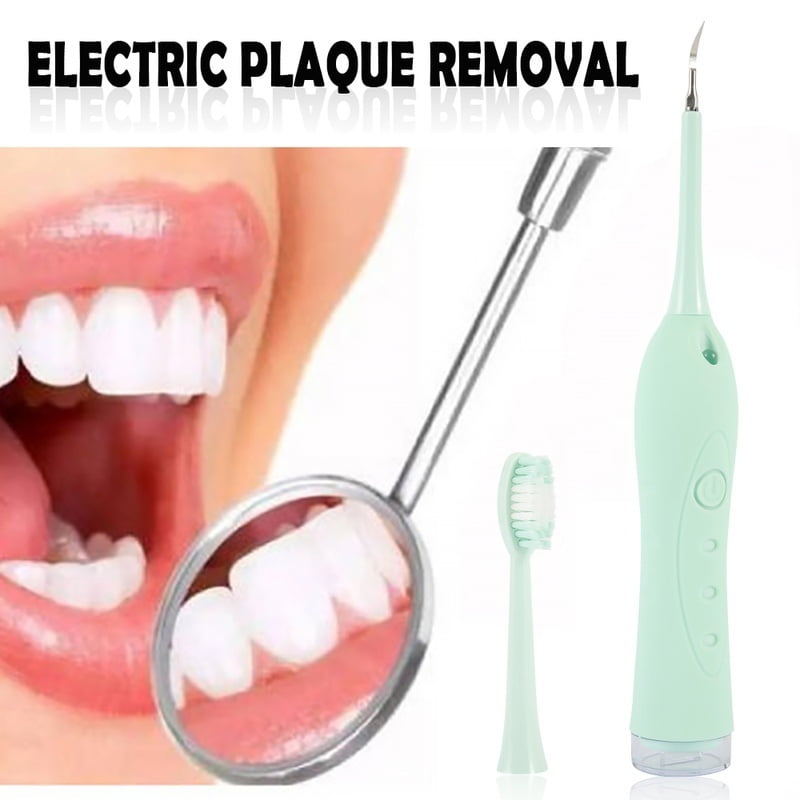
It’s important to note that while these results are promising, they took place in a lab setting, so the effects of cranberries on plaque in the human mouth haven’t yet been confirmed. Lab studies have shown that polyphenols in cranberries are effective deterrents to two of the mouth bacteria most likely to lead to cavities: Streptococcus mutans and Streptococcus sobrinus. Talk to your dentist about including cranberry products in your diet. Some rinses contain ingredients that can be harmful if swallowed in large enough amounts. Be Careful Where You Store your mouth RinseĪlways store mouth rinses someplace children cannot get to them. Listerine Cool Mint, for example, contains small amounts of menthol, thyme, wintergreen, and eucalyptus oils, and a 2017 review of studies found it reduces both plaque and gingivitis. Some studies have also found that rinse products containing essential oils result in less plaque buildup than brushing and flossing alone. A 2016 study showed both types significantly improve plaque levels without the staining that can occur with a CHX rinse. If you want a rinse that won’t cause staining or other side effects, you might consider a probiotic or herbal rinse. While it is effective for reducing plaque buildup and overall gum health, it can stain teeth, increase tartar buildup, and change the way food tastes to you. Mouth rinses have lots of different active ingredients: Chlorhexidine (CHX), probiotic, herbal, and essential oil mouth rinses have all been studied.ĬHX is available by prescription only. In a 2016 review of the medical literature, researchers concluded that when mouth rinses are used along with brushing and flossing, there’s a significant reduction in plaque and gingivitis. To get at the bacteria between your teeth, consider a mouth rinse product when you rinse and floss. And a vital part of good oral health is visiting your dentist regularly for cleanings and checkups. It’s also very important to floss your teeth daily since plaque can form in the tight spaces between teeth. To learn an effective technique for removing plaque while you brush, try the method recommended here:


The American Dental Association recommends that you brush your teeth twice a day for two minutes. Brush your teeth twice a day, and brush after eating sugary foods. To keep the bacteria in plaque from harming your teeth and gums, the most important thing you can do is clean your teeth every day.

#Clear attachment remover teeth calculus how to#
How to prevent plaque Practice good oral hygiene


 0 kommentar(er)
0 kommentar(er)
